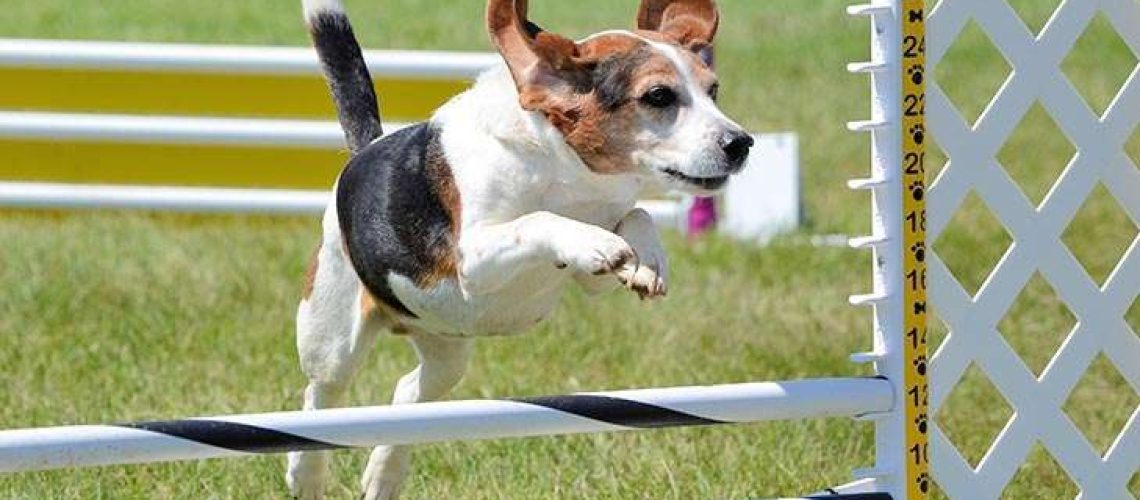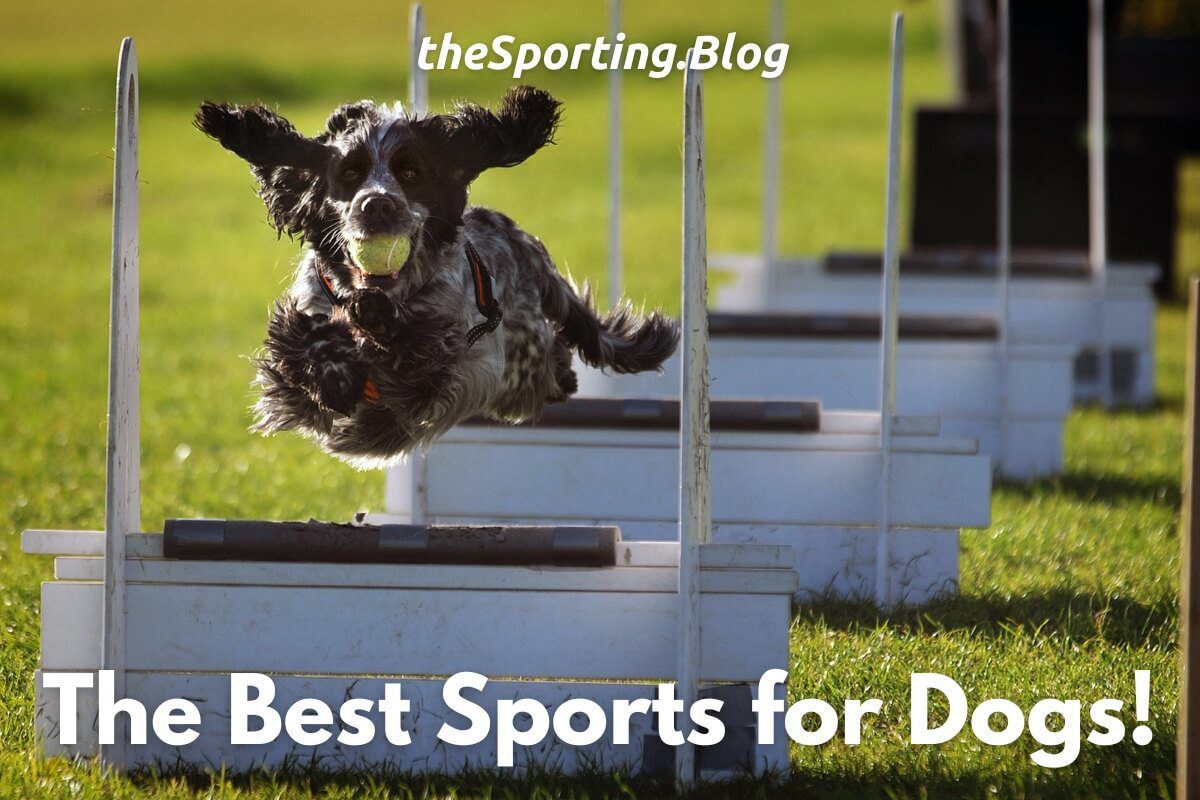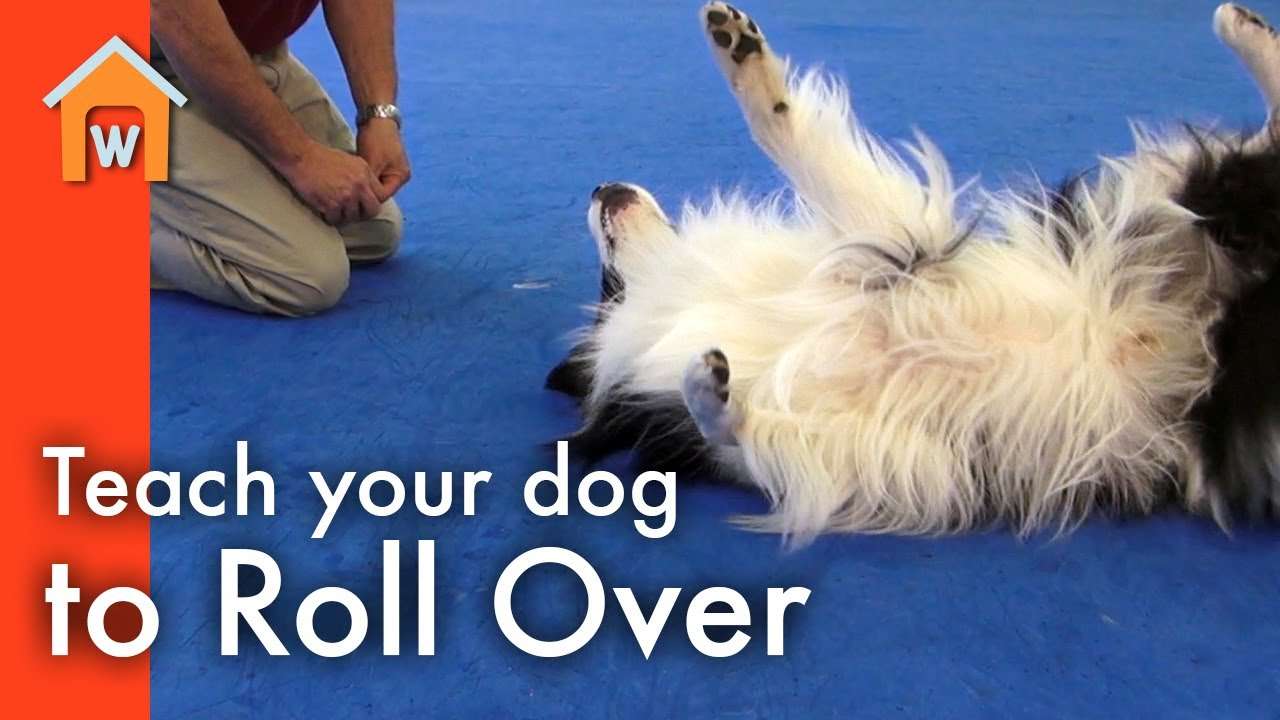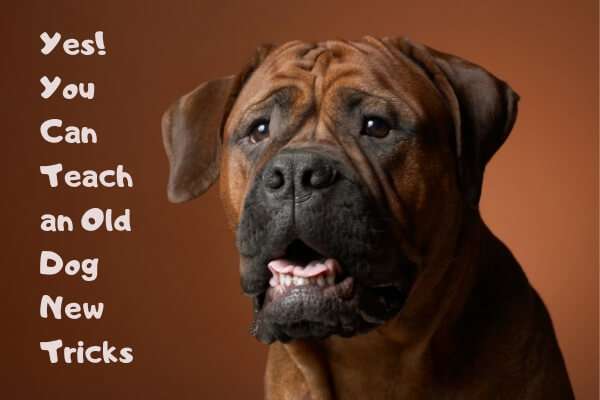Key Takeaways:
- Start training your dog in agility sports at a young age to develop their physical abilities and coordination.
- Use positive reinforcement techniques such as treats and praise to motivate and encourage your dog during training sessions.
- Break down complex agility exercises into smaller steps, gradually increasing the difficulty as your dog progresses.
- Consistency is key - practice regularly and maintain a structured training schedule to reinforce learning and improve performance.
- Ensure that your dog is physically fit and healthy before participating in agility sports, taking necessary precautions to prevent injuries during training or competitions.
Are you ready to take your bond with your furry friend to the next level? Imagine the thrill of watching your dog gracefully weave through poles, leap over hurdles, and conquer challenging obstacles with ease. Training your dog in agility sports not only provides a fun and exciting way to spend time together, but it also offers a wide range of benefits for both you and your canine companion. From improving physical fitness and mental stimulation to fostering teamwork and enhancing obedience skills, agility training is a rewarding journey that will strengthen your relationship like never before. So, whether you're a seasoned dog owner looking to explore new activities or a first-time pet parent seeking an engaging hobby, this guide will equip you with the knowledge and techniques necessary to excel in the world of agility sports. Get ready to unleash your dog's full potential and embark on an adventure filled with joy, achievement, and unforgettable memories.
What is agility sports for dogs?
Agility sports for dogs is a fun and exciting activity that involves training dogs to navigate through a series of obstacles in a timed competition. It requires the dog to be fast, agile, and obedient, as they must follow their handler's commands to successfully complete the course. Dogs of all breeds and sizes can participate in agility sports, and it is a great way for them to exercise both their bodies and minds.
To participate in agility sports, dogs must be trained to jump over hurdles, weave through poles, go through tunnels, balance on seesaws, and more. The courses are designed to simulate real-life scenarios where dogs may need to overcome obstacles or navigate through tight spaces. Agility sports not only provide physical exercise for dogs but also help improve their coordination, focus, and problem-solving skills.
Benefits of Agility Sports for Dogs:
- Physical Exercise: Agility sports provide an excellent form of physical exercise for dogs. Running, jumping, and climbing over obstacles helps strengthen their muscles and improves cardiovascular health.
- Mental Stimulation: The challenging nature of agility courses engages a dog's mind and keeps them mentally sharp. They have to quickly analyze each obstacle and make split-second decisions on how to navigate them.
- Bonding with the Handler: Participating in agility sports requires teamwork between the dog and its handler. This strengthens the bond between them as they work together towards a common goal.
- Confidence Building: As dogs successfully complete obstacles in agility courses, they gain confidence in their abilities. This newfound confidence can extend beyond the course into other areas of their lives.
Popular Dog Breeds in Agility Sports:
While any breed can participate in agility sports, certain breeds are known for excelling in this activity due to their natural athleticism and intelligence. Some popular dog breeds in agility sports include:
- Border Collie: Known for their high energy levels and intelligence, Border Collies are often top performers in agility competitions.
- Australian Shepherd: Australian Shepherds are agile and quick learners, making them well-suited for agility sports.
- Shetland Sheepdog: Shelties are nimble and have a strong desire to please their handlers, making them excellent candidates for agility training.
- Jack Russell Terrier: These small but mighty dogs have boundless energy and love the thrill of agility courses.
Why is it important to train your dog in agility sports?
Training your dog in agility sports is not only a fun and exciting activity, but it also provides numerous benefits for both you and your furry friend. Agility training helps improve your dog's physical fitness, mental stimulation, and overall well-being. By engaging in agility sports, your dog can develop better coordination, balance, and strength. It also promotes a strong bond between you and your pet as you work together as a team.
To add an extra layer of challenge and excitement, you can participate in agility competitions where you can showcase your dog's skills and abilities. These events provide a great opportunity to meet other dog owners who share the same passion for agility sports. Additionally, training your dog in agility can help address behavioral issues such as excessive energy or boredom, as it channels their energy into a productive outlet.
How can you start training your dog for agility sports?
The first step in training your dog for agility sports is to establish a solid foundation of basic obedience commands such as sit, stay, come, and down. These commands will serve as building blocks for more advanced agility training exercises. It's important to use positive reinforcement techniques like treats or praise to motivate and reward your dog during the training process.
Once your dog has mastered the basic commands, you can introduce them to various agility obstacles such as jumps, tunnels, weave poles, and A-frames. Start with low heights or simplified versions of the obstacles to build confidence and gradually increase the difficulty level over time. Consistency and patience are key when training your dog for agility sports. Regular practice sessions that are short but frequent will yield better results than infrequent long sessions.
What are some basic commands you should teach your dog for agility training?
Sit
The "sit" command is essential in agility training as it helps your dog maintain focus and control. Teaching your dog to sit on command involves gently pushing their hindquarters down while saying the word "sit." Reward them with a treat or praise when they successfully sit.
Stay
The "stay" command is crucial for keeping your dog in position while you move around the agility course. Start by having your dog sit, then take a step back while saying "stay." Gradually increase the distance and duration of the stay command, rewarding your dog each time they stay in place.
Come
The "come" command is important for calling your dog back to you during agility training. Begin by using a leash and gently pulling it towards you while saying "come." Reward your dog with treats or praise when they come to you. Practice this command in various locations and gradually remove the leash once your dog becomes reliable.
How can you improve your dog's speed and coordination in agility sports?
To enhance your dog's speed and coordination in agility sports, incorporating specific exercises into their training routine can be beneficial. One effective exercise is ladder drills, where you set up a ladder on the ground and guide your dog through the rungs using treats or toys as motivation. This helps improve their footwork and overall agility.
You can also introduce interval training, which involves alternating between periods of intense activity and rest. For example, have your dog sprint for short distances followed by brief breaks before repeating. This type of training builds endurance and speed over time.
In addition to physical exercises, mental stimulation plays a crucial role in improving coordination. Engage your dog in puzzle toys or interactive games that require problem-solving skills. These activities challenge their cognitive abilities, which indirectly enhances their coordination and speed.
What are some common obstacles in agility courses, and how can you train your dog to navigate them?
Agility courses typically consist of various obstacles that require your dog to navigate through. Some common obstacles include jumps, tunnels, weave poles, A-frames, and seesaws. Each obstacle requires specific training techniques to ensure your dog can successfully complete them.
For jumps, start with low heights and gradually increase the height as your dog becomes more comfortable. Use treats or toys as motivation to encourage them to jump over the bar. Tunnel training involves guiding your dog through a short tunnel using treats or verbal cues. Gradually increase the length of the tunnel as they gain confidence.
Weave pole training can be achieved by setting up a line of poles and guiding your dog through them using treats or toys. Start with a wider gap between the poles and gradually narrow it down as they become more proficient. A-frames and seesaws require gradual introduction and desensitization to ensure your dog feels secure while navigating these obstacles.
Are there any safety precautions or equipment you should use when training your dog in agility sports?
Safety is paramount when training your dog in agility sports. It's important to use proper equipment such as sturdy jumps, tunnels made specifically for agility training, and stable weave poles. Ensure that all equipment is set up securely to prevent accidents or injuries during training sessions.
Additionally, always warm up your dog before each training session by engaging in light exercises or stretches to prevent muscle strains or injuries. Provide plenty of water breaks throughout the session to keep your dog hydrated. Lastly, consult with a veterinarian before starting agility training to ensure your dog is physically fit for this type of activity.
In conclusion, training your dog in agility sports can be a fun and rewarding experience. By following the steps mentioned earlier, you can help your dog become a skilled and confident athlete in this exciting sport.
What age should dogs start agility training?
Typically, dogs should be fully developed before they begin agility training, which usually occurs between 12-18 months of age. However, it is still possible to start teaching the basic skills necessary for success on the agility course before this age. The specific timing may vary depending on the breed of the dog.
What are the commands for dog agility?
The primary directional commands we instruct are "Come," "Go," and "Back." "Come" entails the dog approaching and moving towards you. "Go" signifies that you and the dog are facing the same direction, with the dog moving ahead of you and continuing until instructed otherwise. "Back" indicates that the dog turns away from you.
How do I train my dog to do sports?
It is important to practice in a way that simulates real-life situations. Many challenges arise during times of change. Training a dog in a backyard with freshly cut grass can help improve various skills such as obedience, marking, retrieving, delivering to hand, and light conditioning. However, these land exercises alone are not sufficient to fully prepare your Labrador Retriever for the hunting season.
What are the 3 main components of agility?
Agility encompasses the physical requirements (strength and conditioning), mental processes (motor learning), and technical abilities (biomechanics) necessary for agile performance.
At what age can a dog jump in agility?
Although it is not recommended for puppies to participate in competitive or extreme jumping until they are 12-15 months old, you can still introduce them to Agility with low jump heights or jump bars placed on the ground.
Is agility hard on dogs?
Agility can be physically demanding for dogs, so it is important for them to receive appropriate training and conditioning. According to Eggleston, a dog participating in agility should have a strong physique and be capable of running and jumping. It is not suitable for overweight dogs.

















